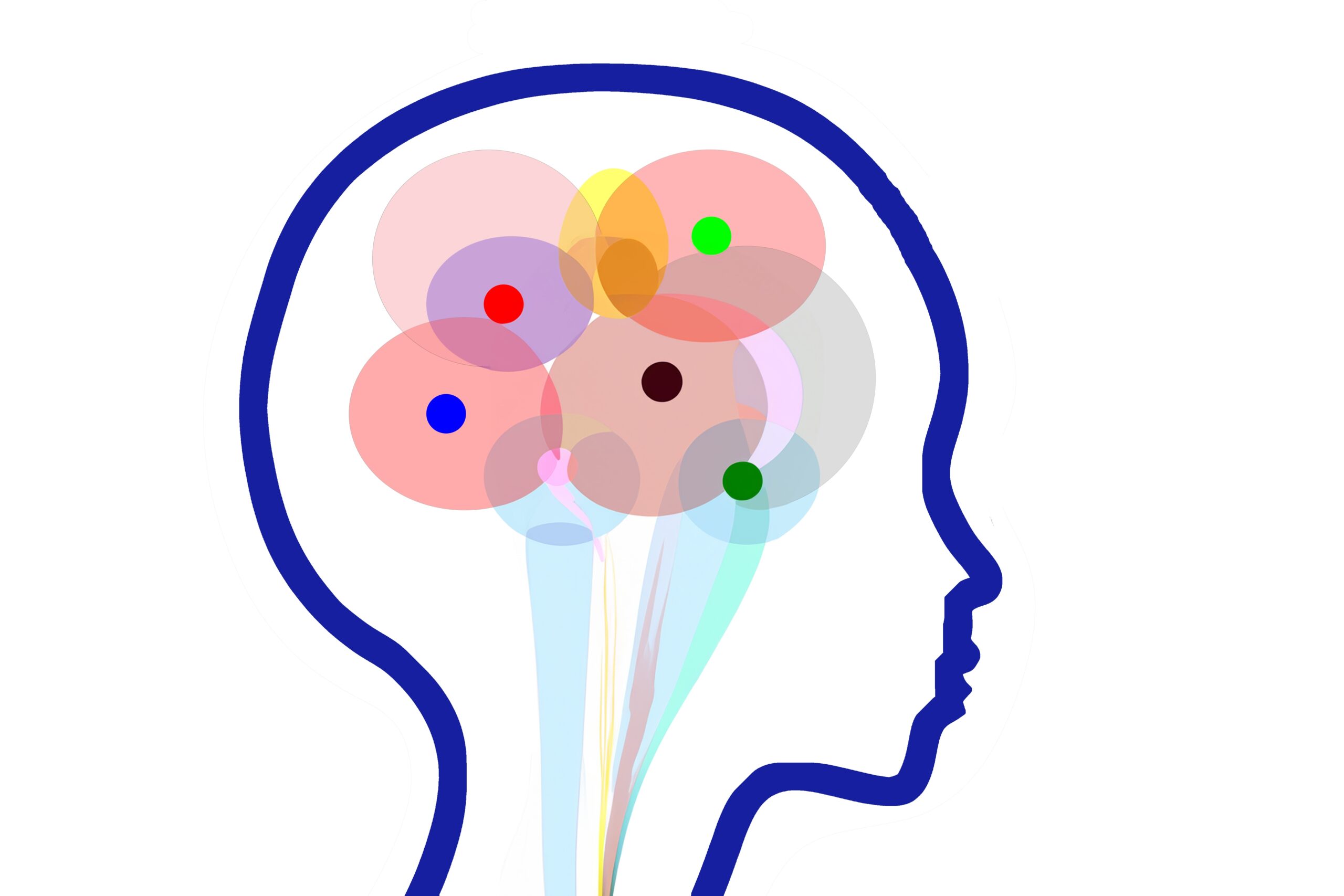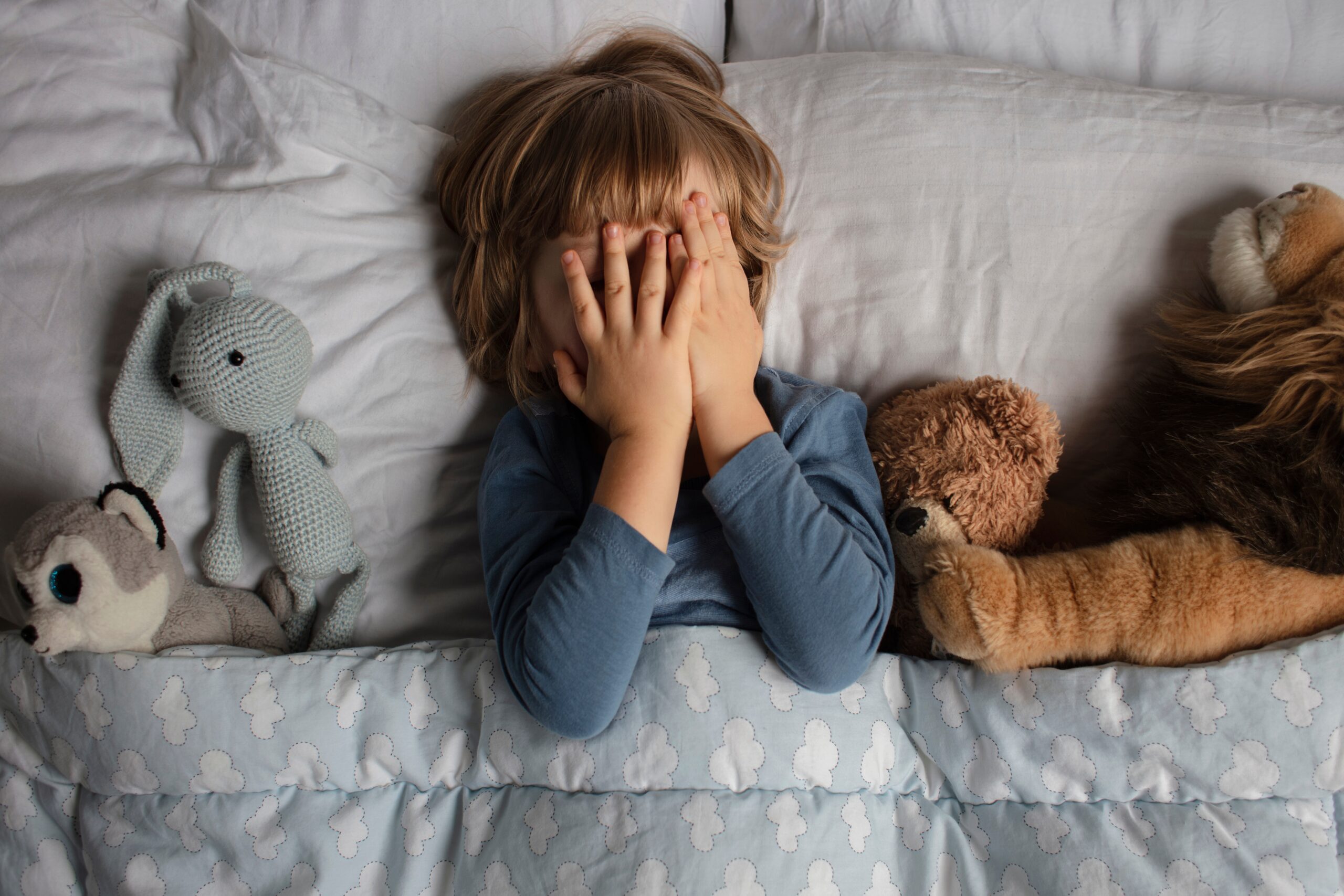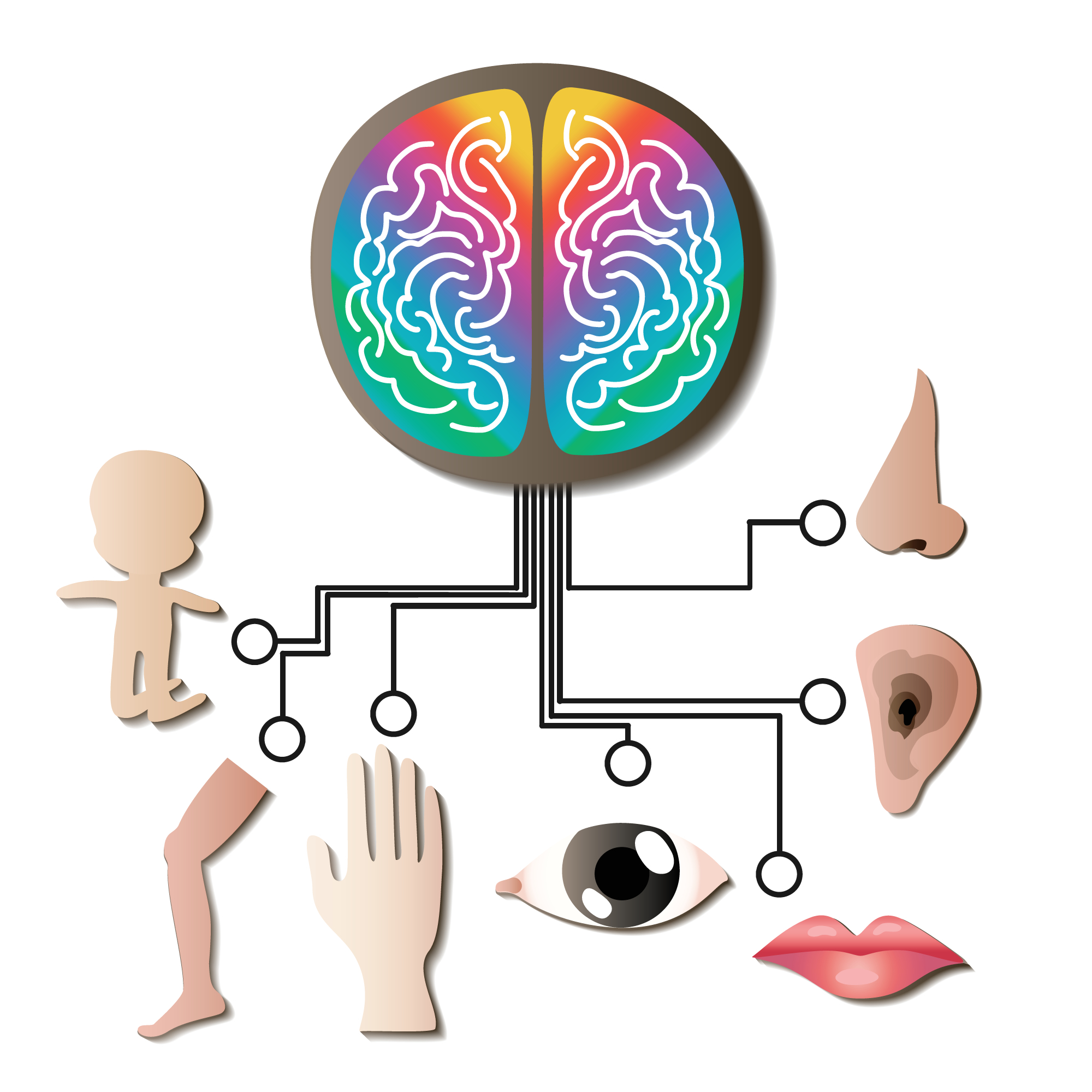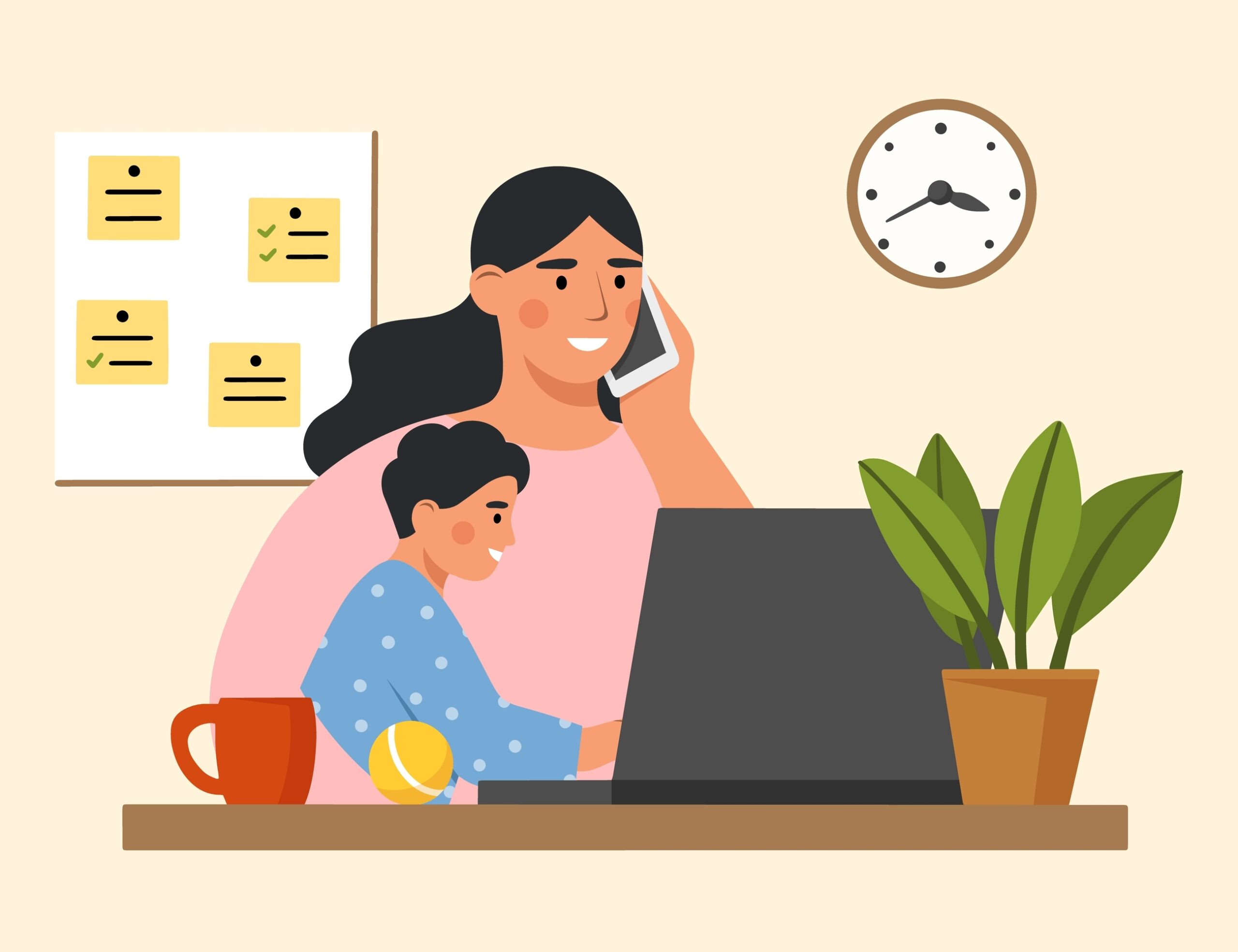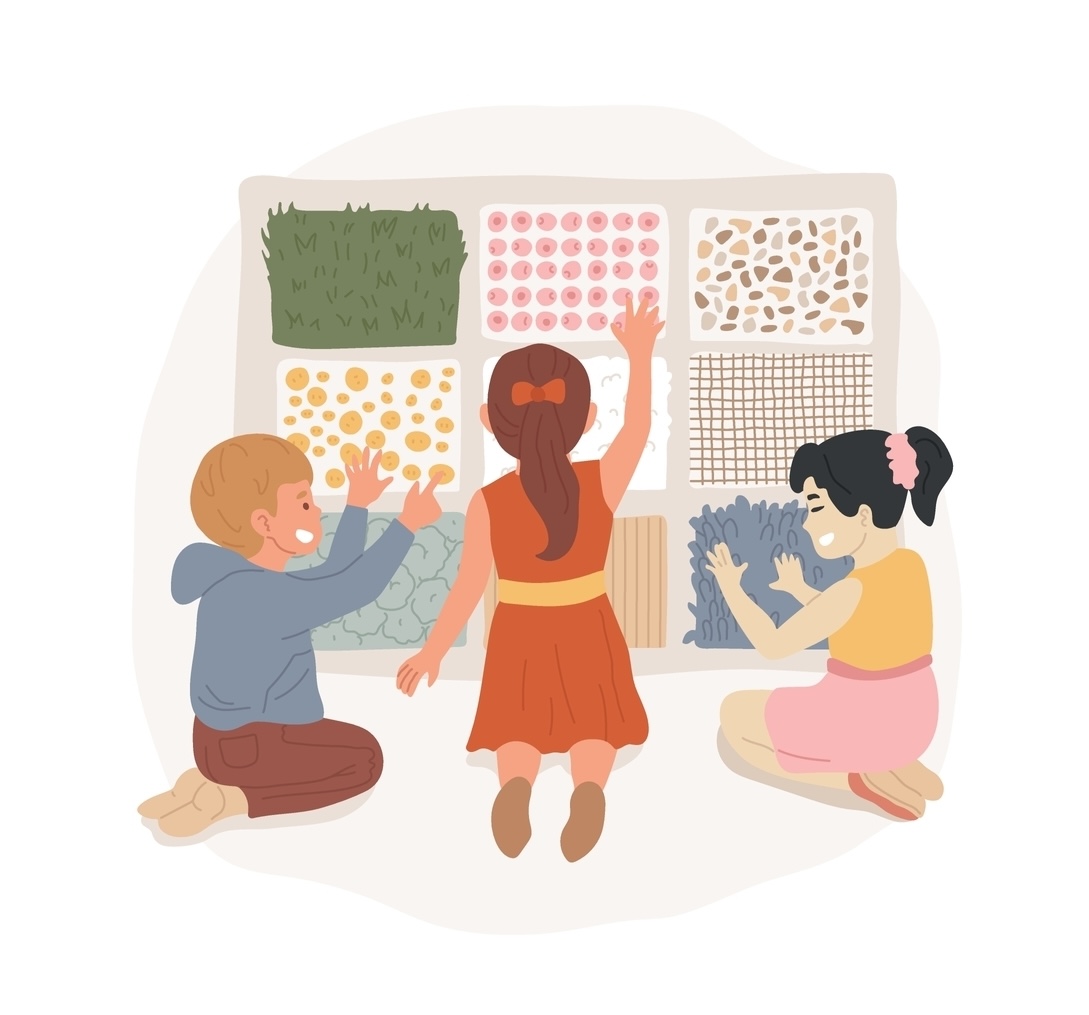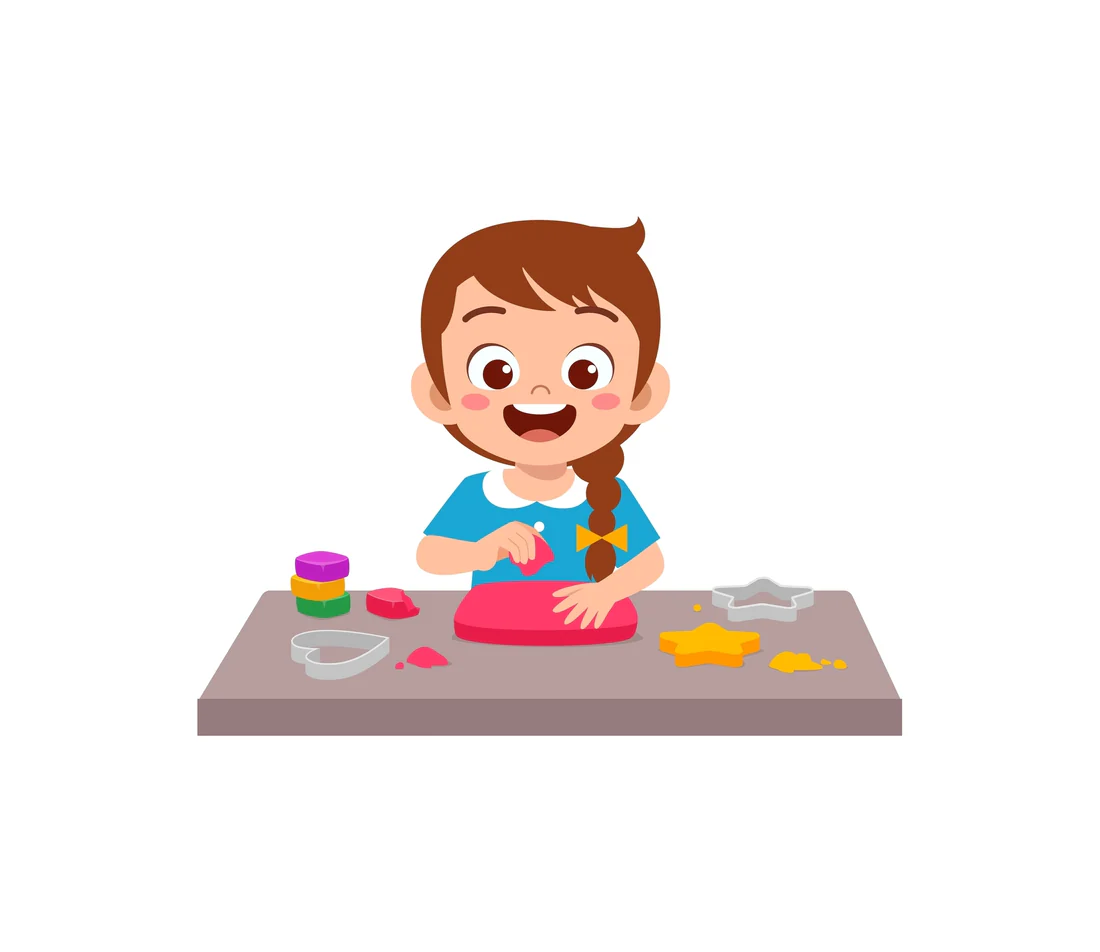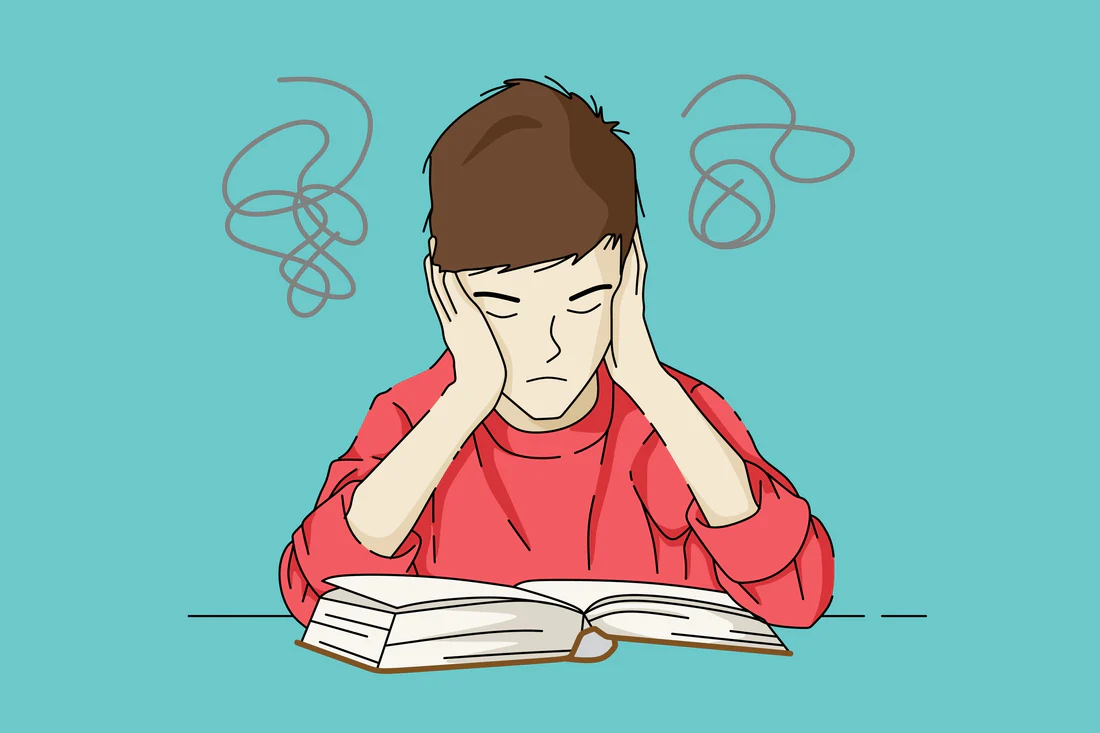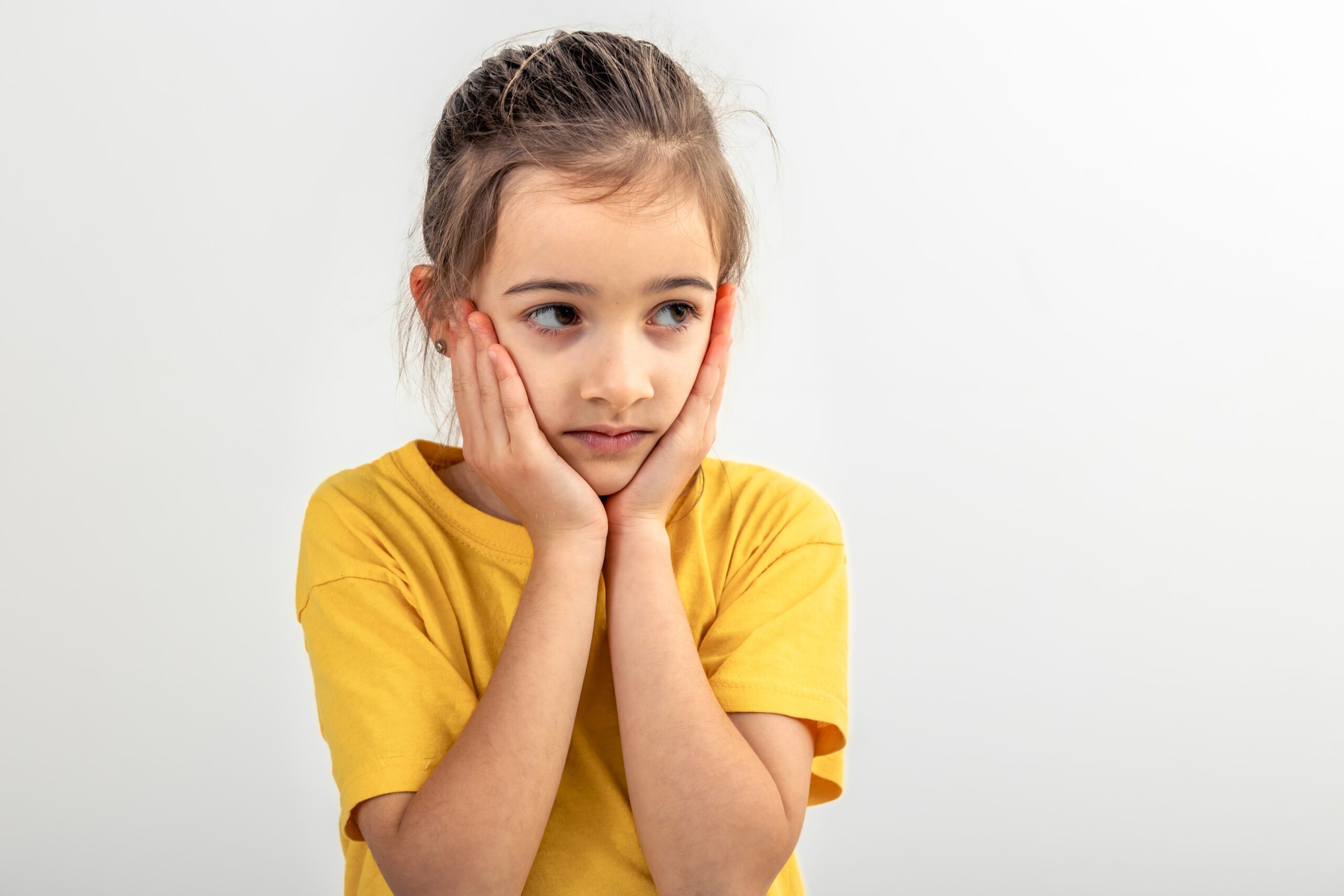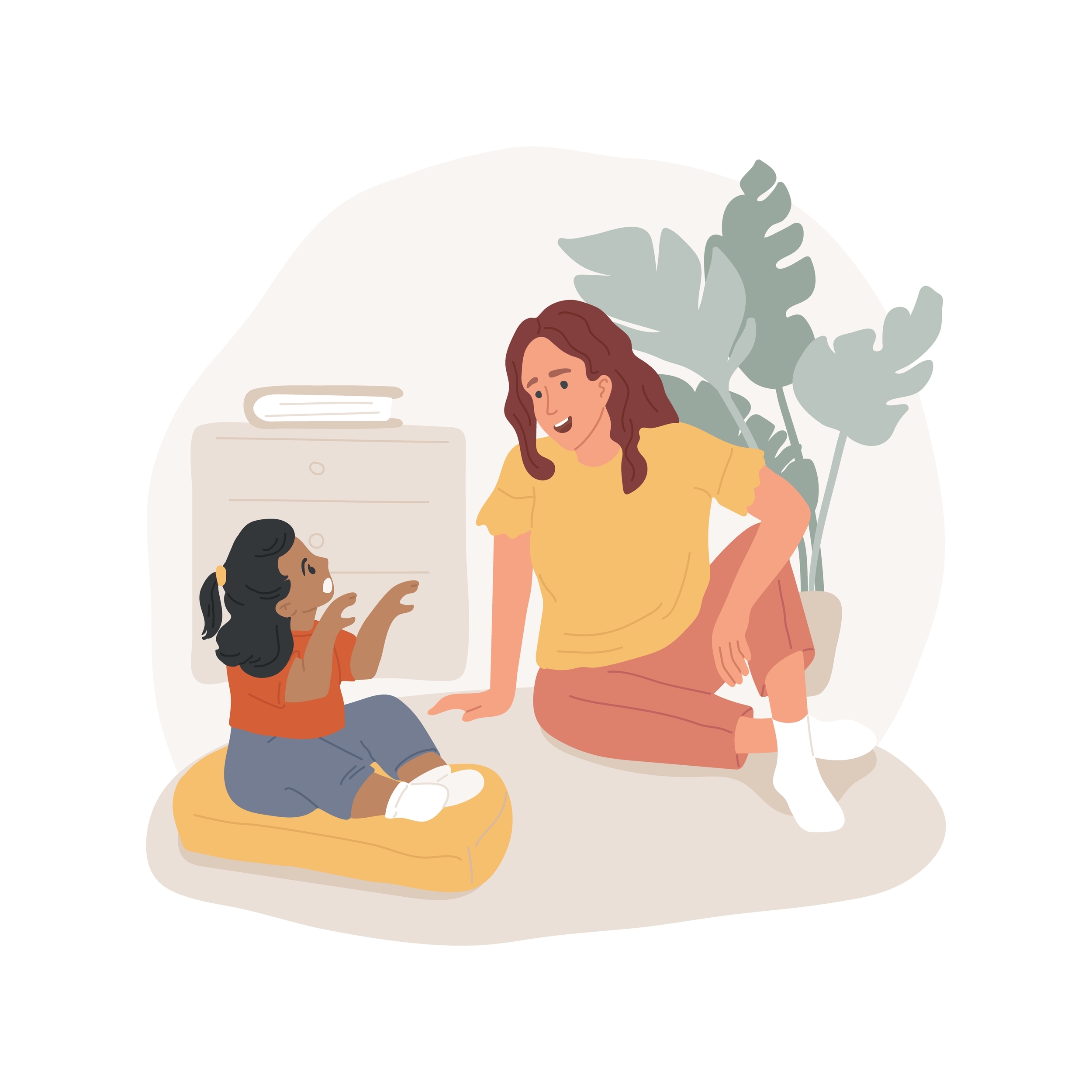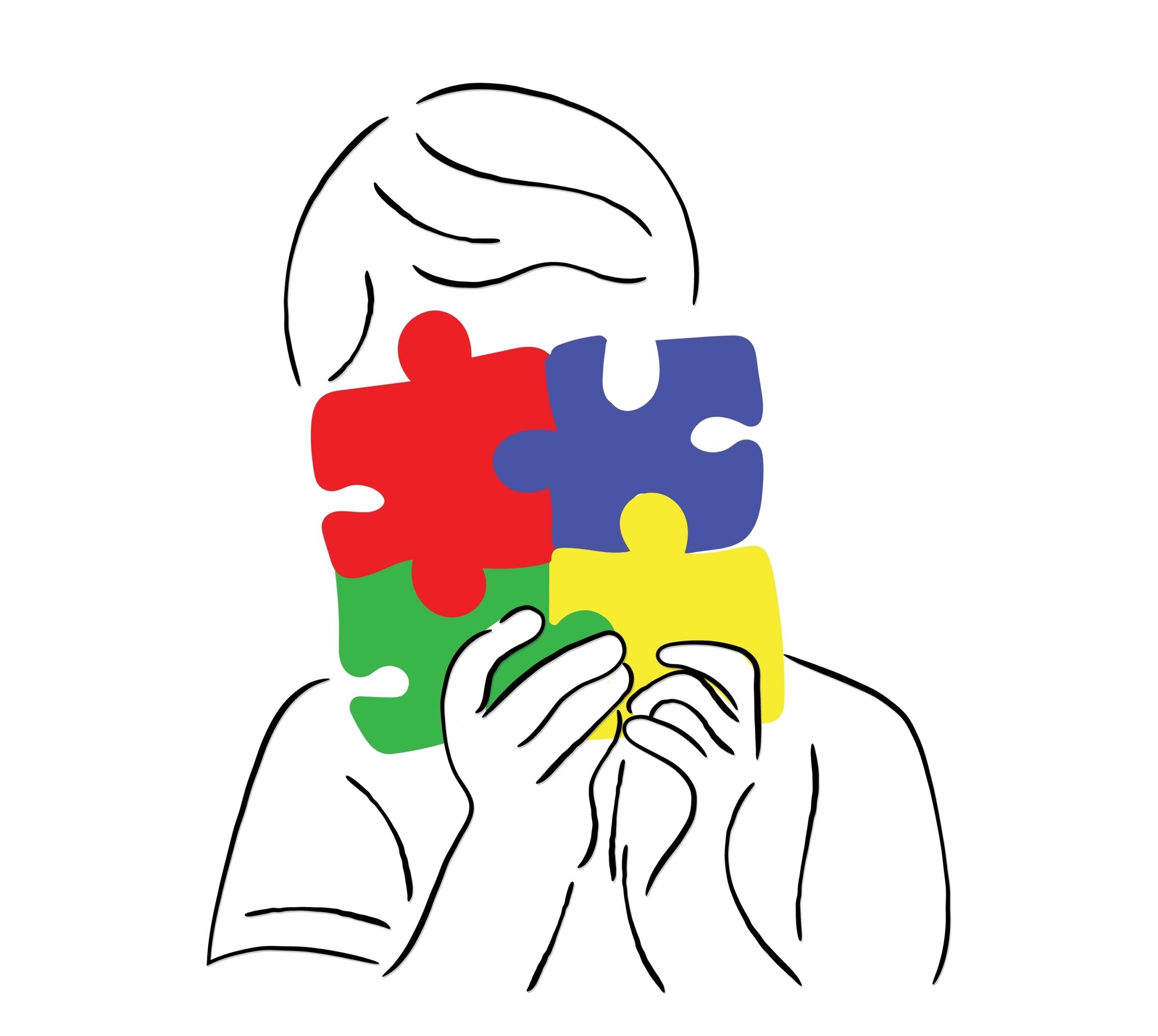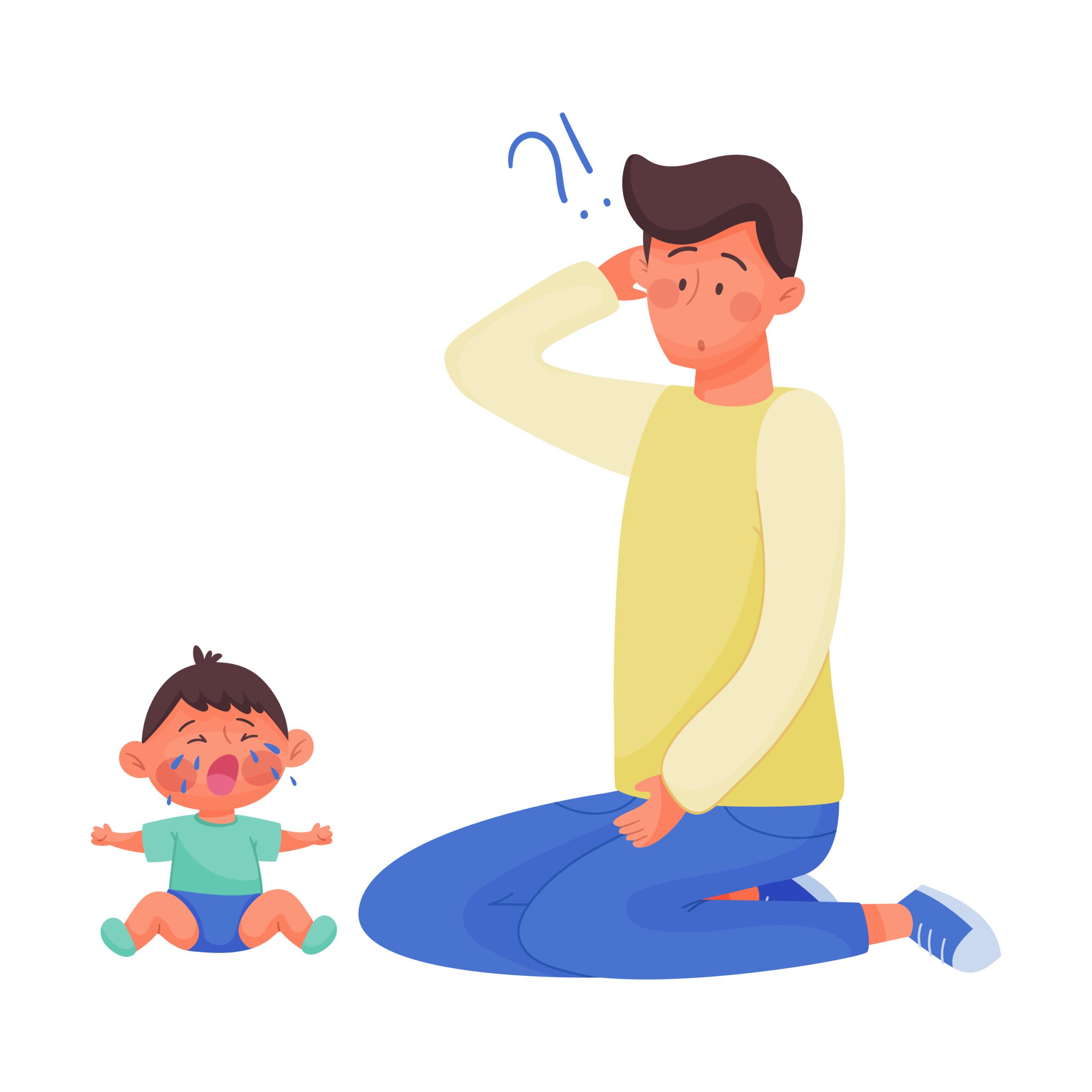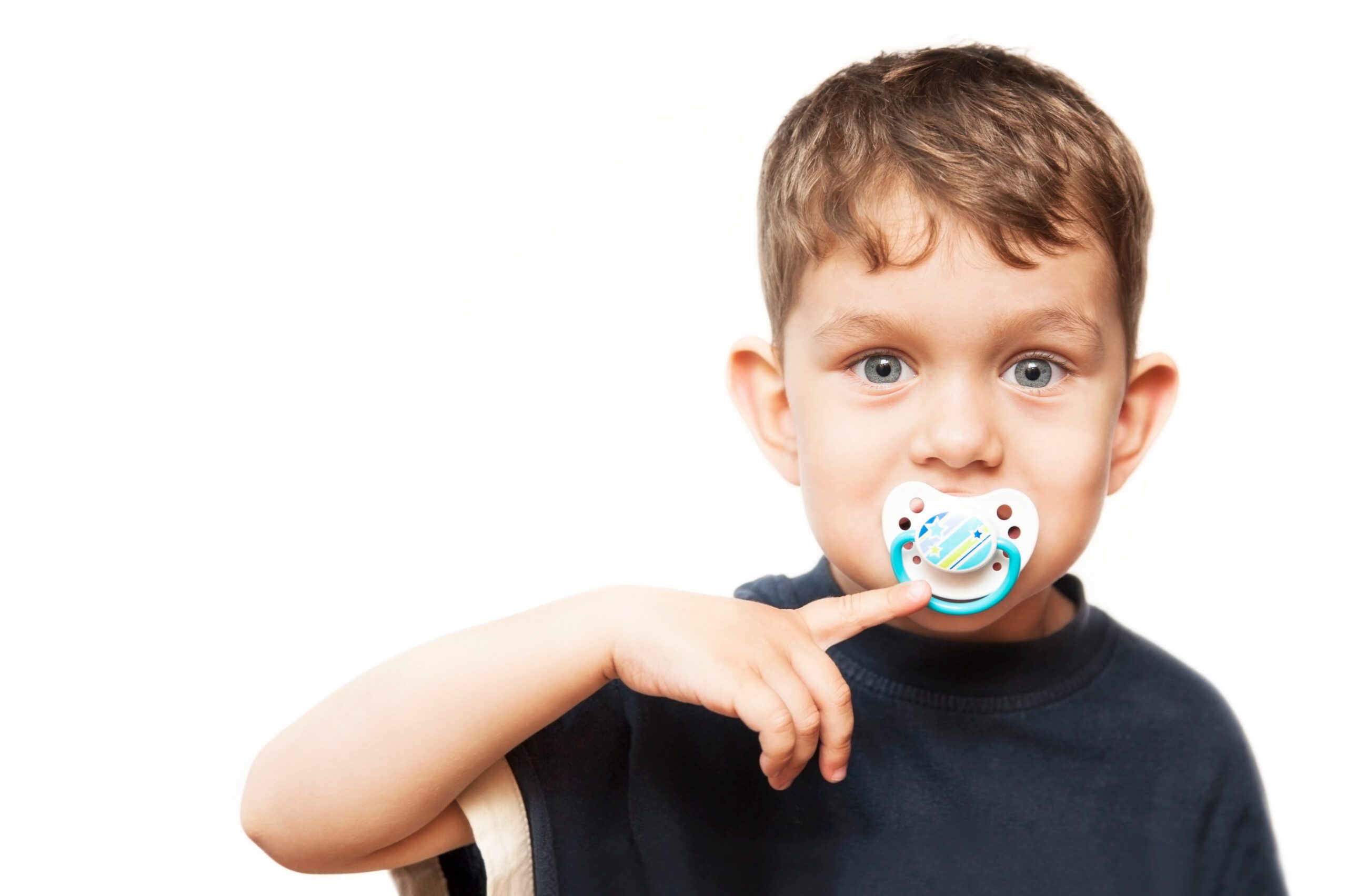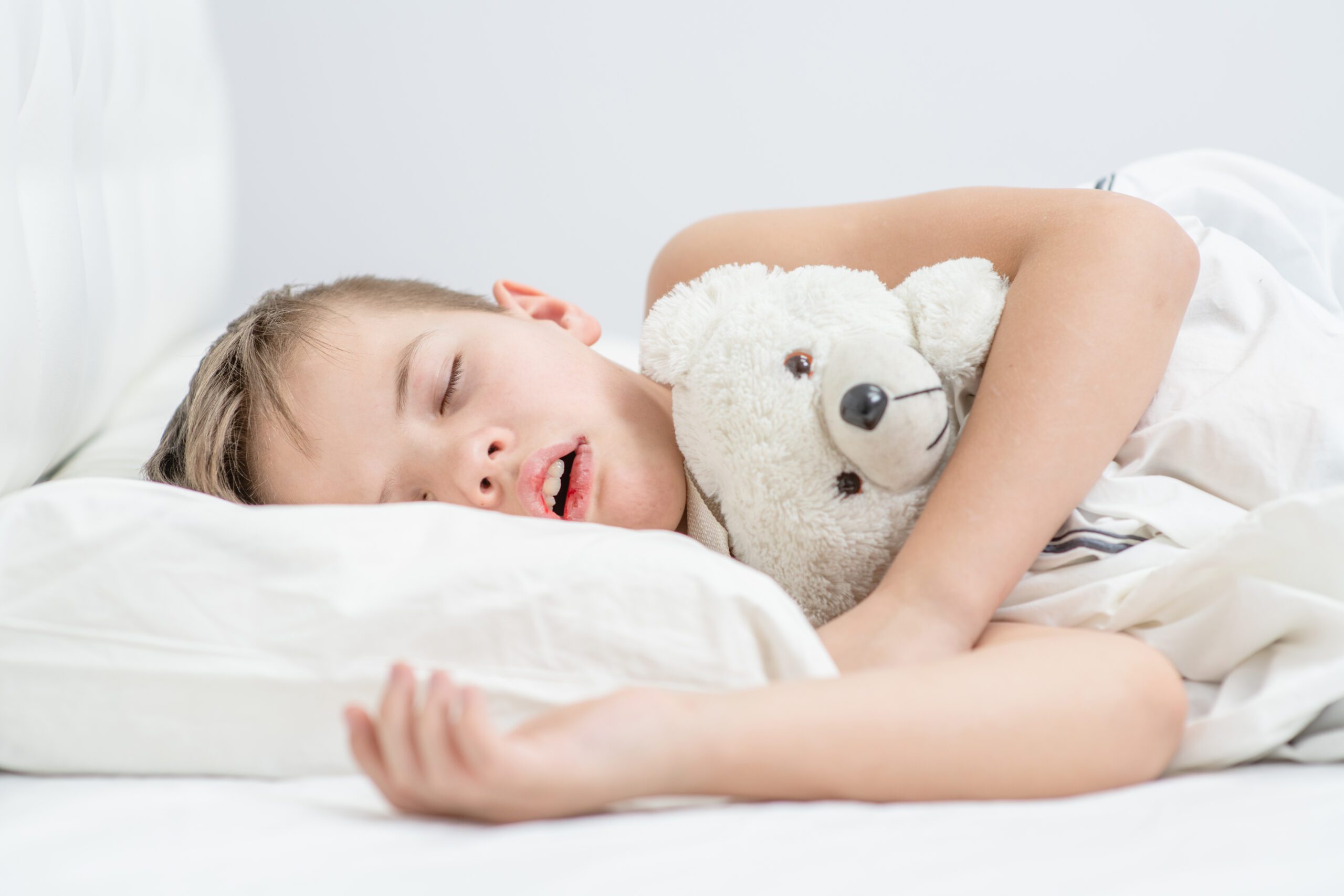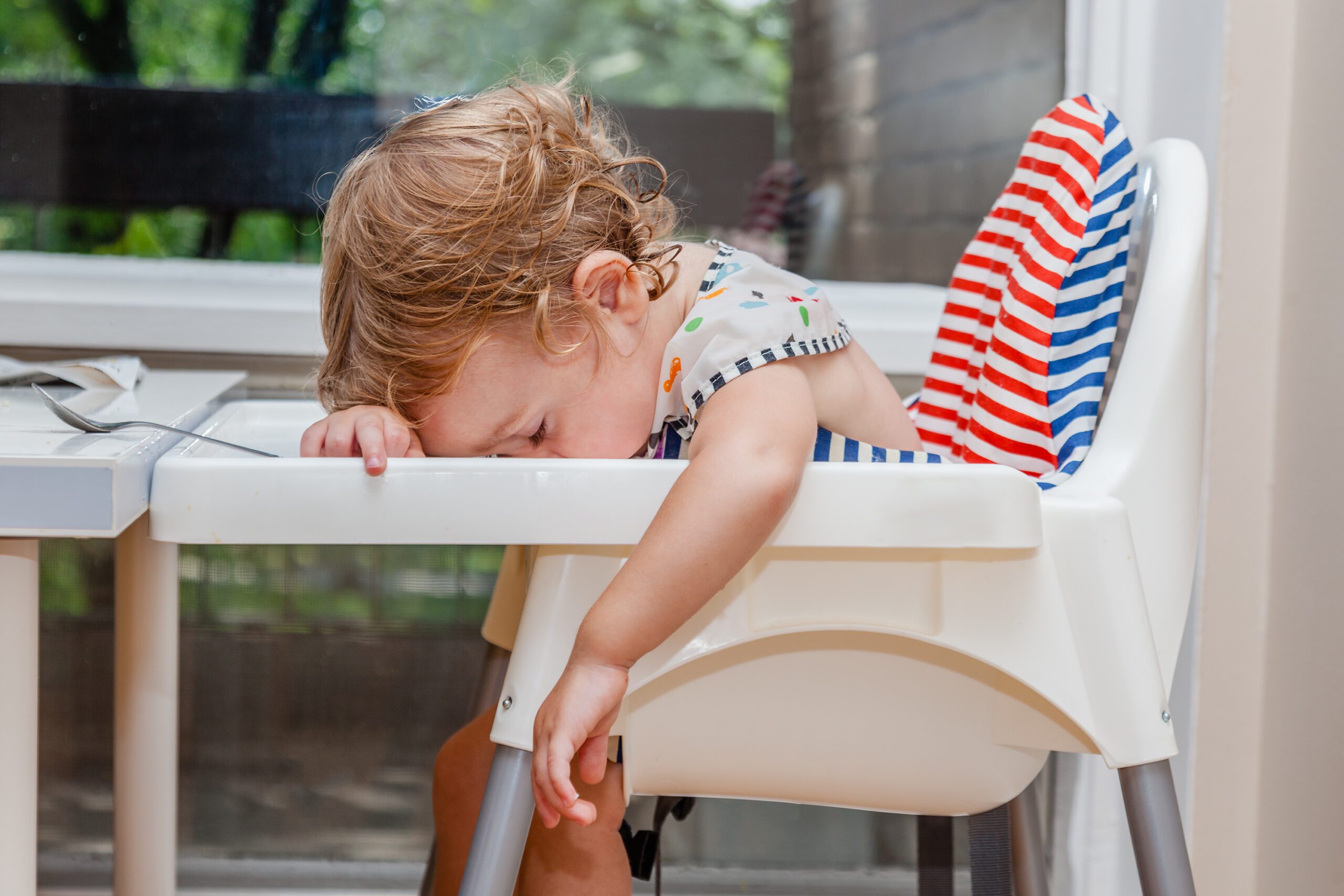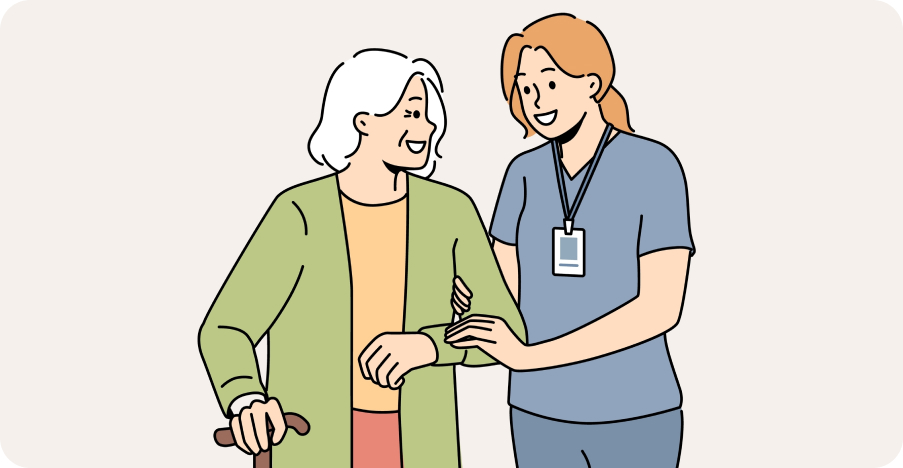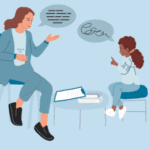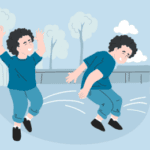
Blog
Sensory Processing and Sleep Problems in Autism
Author: DrSensory
August 3, 2025
Sensory Processing and Sleep Problems in Autism
The house is finally quiet, but you know the night is far from over. For many parents of children with autism, bedtime isn’t a peaceful end to the day but the beginning of a nightly struggle. Tossing, turning, frequent waking, and difficulty falling asleep are incredibly common challenges. You’ve tried everything from warm milk to lullabies, yet a full night of restful sleep remains elusive for your child and, consequently, for you. If this sounds familiar, you are not alone. It’s estimated that up to 80% of autistic children experience significant sleep problems.
These challenges are not a matter of poor discipline or bad habits. Often, they are deeply connected to a core feature of autism: differences in sensory processing. The same sensory sensitivities that can make a crowded store or a scratchy sweater overwhelming during the day don’t simply switch off at night. Understanding the intricate link between your child’s sensory system and their sleep patterns is the key to unlocking more peaceful nights.
This guide will explore why sleep issues are so prevalent in the autistic community, how specific sensory processing differences interfere with rest, and what practical steps you can take to create a sensory-friendly sleep environment that promotes calm and restorative sleep.
Why Sleep Issues Are Common in Autism
Sleep problems in autistic children are complex and often stem from a combination of neurological, biological, and behavioral factors. While the exact science is still being explored, several key differences contribute to the high rates of sleep disruption.
One primary factor is a difference in circadian rhythms. The body’s internal 24-hour clock, which regulates the sleep-wake cycle, can be out of sync in autistic individuals. Research suggests that there may be irregularities in the production of melatonin, the hormone that signals to the body that it’s time to sleep. This can make it difficult for a child to feel tired at a conventional bedtime.
Anxiety also plays a significant role. Many autistic children experience higher levels of anxiety than their neurotypical peers. The process of winding down and letting go of the day’s thoughts can be difficult. Worries and racing thoughts can make the quiet of the bedroom feel anything but restful, keeping the nervous system in a state of high alert that is counterproductive to sleep.
Finally, co-occurring medical conditions like gastrointestinal issues or acid reflux can cause physical discomfort that disrupts sleep. However, one of the most impactful and often overlooked factors is the way the autistic brain processes sensory information.
How Sensory Processing Affects Sleep
A child’s sensory system is their personal filter for the world. For an autistic child, that filter might let in too much information (hypersensitivity) or not enough (hyposensitivity). Both patterns can wreak havoc on sleep.
Over-Responsiveness (Hypersensitivity):
A child who is hypersensitive is easily overwhelmed by sensory input that others might not even notice. At night, this can manifest in several ways:
- Touch: The feeling of a wrinkled sheet, a tag on their pajamas, or the texture of a blanket can be intensely irritating, making it impossible to get comfortable. Even the light pressure of a blanket can feel agitating.
- Sound: The faint hum of an appliance, a dog barking outside, or a floorboard creaking can sound incredibly loud and jarring, preventing the brain from settling into a state of rest.
- Sight: A sliver of light coming under the door, the glow from a digital clock, or even shadows on the wall can be distracting or frightening.
- Vestibular/Proprioceptive: Some children may feel a sense of unease or disorientation when lying down, as their body’s sense of position in space is disrupted.
Under-Responsiveness (Hyposensitivity) and Sensory Seeking:
A child who is hyposensitive or a sensory seeker needs more intense input to help their body feel calm and organized. Without it, they can feel restless and antsy.
- Proprioceptive/Vestibular: These children may have an internal need to move. They might rock, toss and turn, or get out of bed frequently because their bodies are craving the deep pressure and movement input required to self-regulate. They need to feel their body’s position in space to feel secure.
- Touch: A light, flimsy blanket may not provide enough physical feedback. These children often crave the feeling of being held, squeezed, or swaddled to calm their nervous system.
For both profiles, the end result is the same: the brain and body cannot find the “just right” state of calm needed to fall asleep and stay asleep.
Tips for Creating a Sensory-Friendly Sleep Environment
The goal is to adjust the sleep environment to meet your child’s specific sensory needs, reducing stressors for the over-responsive child and providing calming input for the under-responsive or seeking child.
1. Dial in the Touch and Pressure:
- For the Hypersensitive Child: Pay close attention to bedding. Try seamless pajamas, soft, breathable fabrics like bamboo or jersey cotton, and consider removing top sheets if they cause tangling and distress.
- For the Hyposensitive/Seeking Child: This is where “heavy work” for sleep comes in. A weighted blanket can provide deep, calming pressure that soothes the nervous system. The general guideline is 10% of the child’s body weight, but always consult with an occupational therapist. A tight-fitting “bed sock” or compression sheet can also provide a comforting, swaddle-like feeling.
2. Control the Auditory Environment:
- Block Out Noise: Use a white noise machine to create a consistent, predictable soundscape that masks sudden, disruptive noises from inside or outside the house. This is beneficial for both hypersensitive and hyposensitive children.
- Add Layers of Sound Absorption: Soft furnishings like thick curtains, area rugs, and even fabric wall hangings can help dampen ambient noise and make the room acoustically softer.
3. Manage the Visuals:
- Achieve Total Darkness: Use blackout curtains to block all outside light. Cover or remove any electronics with glowing lights. Even a small amount of light can disrupt melatonin production.
- Simplify the View: Reduce visual clutter around the bed. A busy, stimulating environment can keep the brain activated. A minimalist sleep space is often more calming.
4. Create a Calming Pre-Bedtime Routine:
A predictable routine signals to the brain and body that sleep is coming. Crucially, this routine should include calming sensory activities.
- “Heavy Work” Before Bed: For sensory seekers, activities like pushing a heavy box of toys, doing wall pushes, or getting a big bear hug can help organize their nervous system before they even get into bed.
- A Warm Bath: The warmth and gentle pressure of the water can be deeply relaxing. Adding Epsom salts can enhance this effect.
- Gentle Massage or Joint Compressions: A few minutes of slow, firm massage on the back, arms, and legs can provide calming proprioceptive input.
When to Seek Professional Help for Sleep Issues
While these strategies can make a significant difference, some sleep problems require professional support. You should consult with your child’s doctor or a specialist if:
- You have implemented sensory strategies consistently without seeing any improvement.
- Your child shows signs of sleep apnea (loud snoring, gasping for air) or Restless Leg Syndrome.
- The lack of sleep is severely impacting your child’s daytime mood, behavior, and ability to learn.
- The sleep deprivation is causing significant stress and exhaustion for the entire family.
Your pediatrician can rule out underlying medical issues and may refer you to a pediatric sleep specialist or an occupational therapist (OT). An OT is particularly valuable as they can perform a full sensory assessment and create a tailored “sensory diet” to help regulate your child’s nervous system throughout the day, which often leads to better sleep at night.

Frequently Asked Questions (FAQs)
❓Is it okay to use a weighted blanket for my autistic child?
Weighted blankets can be a wonderful tool for providing calming deep pressure. However, it’s essential to use them safely. The blanket should be approximately 10% of your child’s body weight, and the child must be able to remove it independently. It’s always best to consult with an occupational therapist before introducing one.
❓My child seems to need less sleep than other kids. Is that part of autism?
Some research suggests that autistic individuals may have different sleep architecture, potentially including a reduced need for sleep. However, it’s more often the case that underlying sensory or anxiety issues are preventing them from getting the sleep they truly need. It’s important to address potential barriers to sleep before assuming they just need less.
❓Can melatonin supplements help my child with sleep?
Melatonin can be effective for some children, particularly those with difficulty falling asleep due to a disrupted circadian rhythm. However, it should only be used under the guidance of a doctor who can recommend the appropriate dosage and timing and ensure it doesn’t interact with other medications.
❓How can I get my sensory-seeking child to stay in their bed?
For a sensory seeker, staying still in bed can be very difficult. Try providing intense sensory input before bed through “heavy work” activities. Tools like a compression sheet or a weighted blanket can also provide the input their body craves, reducing the urge to get up and move.
❓What is the single most important thing I can do to improve my child’s sleep?
Consistency is key. A predictable, calming, and sensory-aware bedtime routine that you follow every single night is the most powerful tool you have. It creates a sense of safety and signals to your child’s brain and body that it is time to transition from the demands of the day to the calm of the night.
related blogs
Your child is constantly moving, crashing into furniture, or having meltdowns in response to seemingly minor things like a loud
Your toddler refuses to wear certain clothes, has huge meltdowns in noisy places, or is an extremely picky eater, limited
Your child seems to miss verbal instructions, struggles to follow conversations in noisy environments, and often asks "what?" even when
On the surface, autism and Ehlers-Danlos syndrome (EDS) might seem like two entirely unrelated conditions. One is a neurodevelopmental condition
The intense head pain begins, lights feel blindingly bright, and every sound seems amplified to an unbearable level. You retreat




